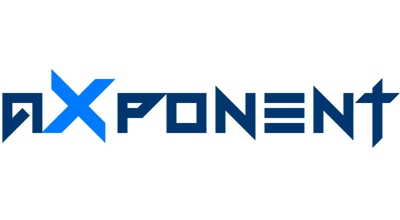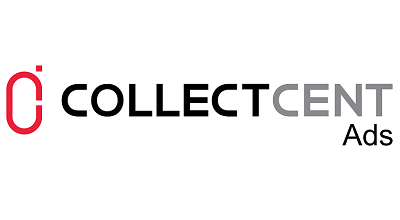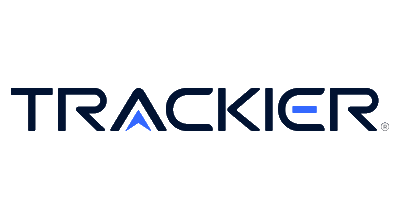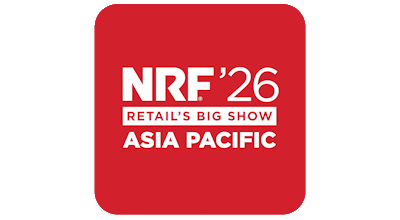Programmatic buying and selling of media has seen unprecedented growth in the last couple of years, thanks to machine based learning and quick adoption of newer ad formats like native and video. What trends do you foresee in the programmatic video space in 2018?
Programmatic video is already on the rise as of 2017. In markets like the US and Europe, spends on video via programmatic channels has been embraced wholeheartedly by early-adopters in the ecosystem. As per eMarketer’s 2017 report, 60% of all digital video spends in the United States is expected to come from video via programmatic. By early next year, I feel we will be witnessing a similar trend on the rise in India and across Asia Pacific.
Cross-device campaigns are going to play a significant role in the programmatic video space. Driven by high penetration of smartphones, mobile programmatic being on the upswing, and given the fact that most consumers today transition seamlessly from one device to another, spends in video via programmatic will surely contribute to owning a large chunk of the pie. The programmatic video and mobile market may have been precarious in the past, but as markets mature and device penetration heightens, publishers, brands and marketers will find themselves in a desirable position to invest into video ad inventory.
In addition to this, from a tech perspective, as ad tech partners focus on enhanced targeting, driving high performance, improving transparency and viewability, and combatting fraud, one can expect a lot more advertisers and publishers getting drawn to programmatic video.
Adoption of programmatic video campaigns was easy for brands heavily invested in TV. However, the industry still faces challenges of inventory creation and distribution. What according to you are the solutions here?
Publishers and marketers today perceive video as a great branding tool capable of conveying brand narratives and connecting with audiences on a more emotional level. However, with programmatic video there are challenges and impediments faced by publishers – when it comes to increasing engagement, creation of inventory and monetizing upon the same.
Generating inventory can be difficult unless you are the likes of Netflix; investing heavily into creation of original, premium content. A wiser alternative to this would be exploring the option of working with tech and solutions providers who offer automation and have the capability to help create fresh, relevant video content that is always in sync with the publisher’s need. Technology partners also offer a wide array of solutions that are highly scalable and future-ready to match up to the scale of editorial content being produced. Lastly, publishers must also explore the option of working with partners who can help incentivize on the inventory generated and thereby helping publishers build additional revenue streams.
In an industry facing flak for not adopting enough brand safety measures, especially when it comes to video inventory, what steps has AndBeyond taken to tackle the problem?
AndBeyond.Media has always been a firm believer in the power of technology and scale via programmatic channels with a keen focus on delivering innovative, high-performance solutions across the ad spectrum. With our latest offering VidTent – a holistic video solutions platform, we are focused on ironing out the creases when it comes to video inventory with 100% transparency and viewability in our video offerings; extending it from legacy display, native type formats where we implemented High Quality Tech to detect and block off fraudulent traffic. In addition we have also recently adopted a network-wide implementation of the ads.txt file on each of our publisher sites to ensure that we are in direct business with the publisher as well as passing the correct sites to programmatic advertisers who are in most need for these kinds of measures.

















































































